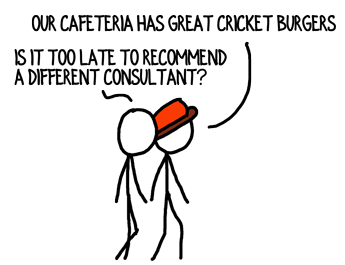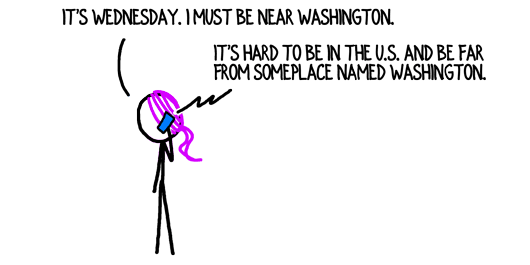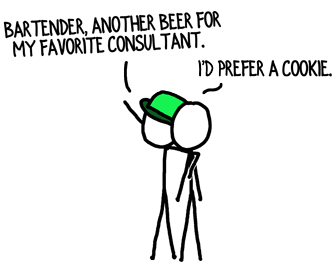Tuesday, January 15, 2019
Are there consultants who love to sleep in impersonal hotel rooms, consume unhealthy food, miss family events and endure flight delays? Maybe. After all, there are people who love to eat crickets. It doesn’t amaze me that old, storied, brand name consulting firms primarily employ an on-site consulting model. After all, those firms are old. Their systems, approaches, and cultures were cemented decades ago, and their notions of how consulting should be conducted are archaic.
It doesn’t amaze me that old, storied, brand name consulting firms primarily employ an on-site consulting model. After all, those firms are old. Their systems, approaches, and cultures were cemented decades ago, and their notions of how consulting should be conducted are archaic.
But when an independent consultant in a solo practice or boutique firm consistently spends most paid days on a client’s site, it’s surprising. Also counterproductive.
The Downsides of On-Site Work:
Wasted Time – All travel involves unproductive downtime, even if you’re organized to take maximum advantage of your time in planes, trains and automobiles.
Limited Productivity – While you’re on-site at Chocoland Inc, you can’t pursue consulting work with Vanillabean Co., nor can you work on a PistachioRama project or really even take their calls.
Distractions – When you’re nearby, clients are apt to pop in and distract you from real work.
Hassle – You have to get showered and dressed. (Granted, this is also recommended if you work in an office.)
Lifestyle Compromises – Away from home you’re generally not eating as well, exercising as much or spending quality time with your family.

On the other hand…
The Benefits of On-Site Work:
Stronger Personal Bond – When it comes to creating a deep, human connection, face-to-face interaction is impossible to beat. That’s true between you and the clients you meet, and also between the various clients in the room when you’re leading a meeting.
Undivided Attention – Your consulting clients are less likely to be building Minecraft palaces while you’re presenting, if you’re in the room with them.
Large Blocks of Client Time – You can capture your consulting client’s energy for multiple hours to make significant progress; that’s difficult to accomplish remotely.
Richer Communication – Verbal and non-verbal cues foster creativity and can engender better solutions.
Greater Access – Some people, data and information are difficult (or impossible) to connect to remotely. That includes other consulting prospects you meet by walking the halls.

Given these pros and cons, consider the five situations below as…
Guidelines for Travel to a Client Site:
- When your relationship with the client is new or has hit a rocky patch.
- When a one-to-many interaction is critical (e.g., a group training), and a virtual one-to-many session would underwhelm the client.
- When walking the halls could be of substantial benefit.
- When a six (or more) hour stretch of hand-in-hand work with your client will produce substantial, forward progress on your project.
- When your best (or only) way to access information or people is by being at your consulting client’s site.
Guideline #4 is why I’m a big fan of in-person work sessions even though I don’t generally like on-site project work. Most of my work with boutique consulting firms involves at least one—and often many more—of these work sessions over the course of a year-long engagement.
Do you spend much time at your clients’ sites, and why/why not?

Text and images are © 2019 David A. Fields, all rights reserved.